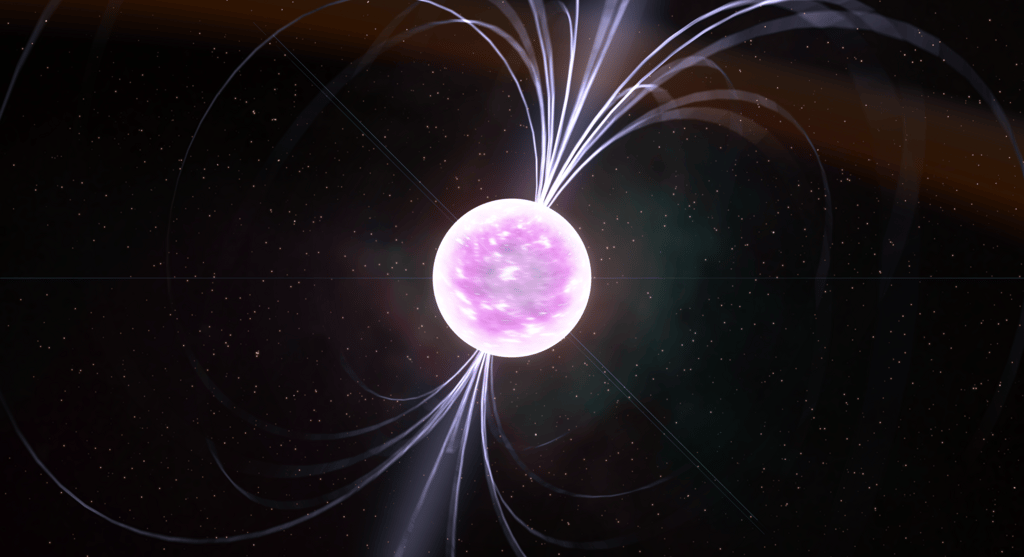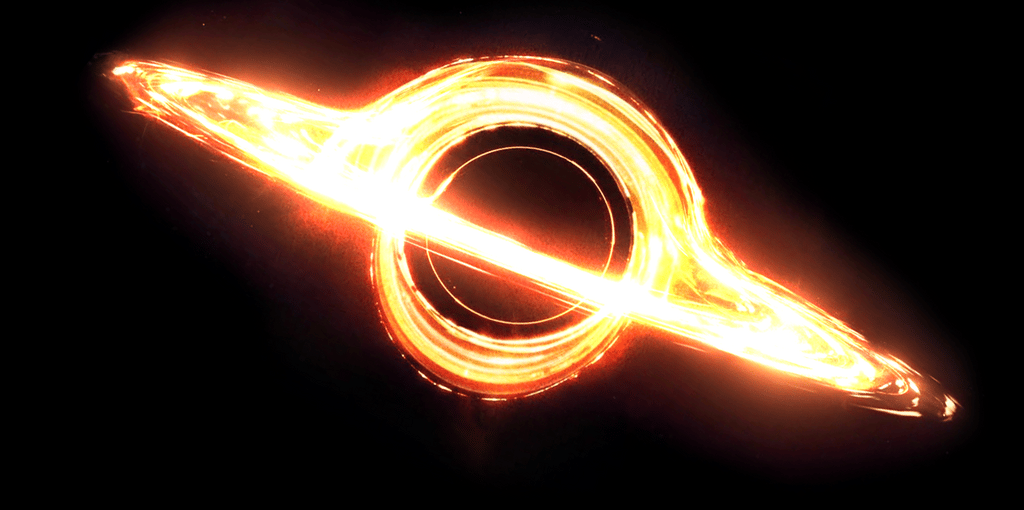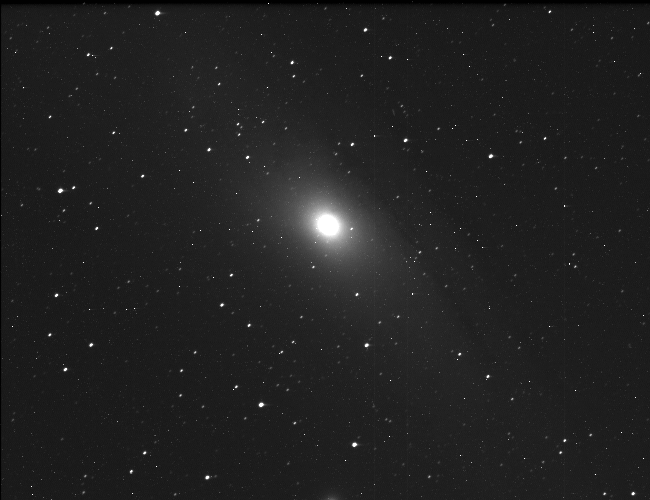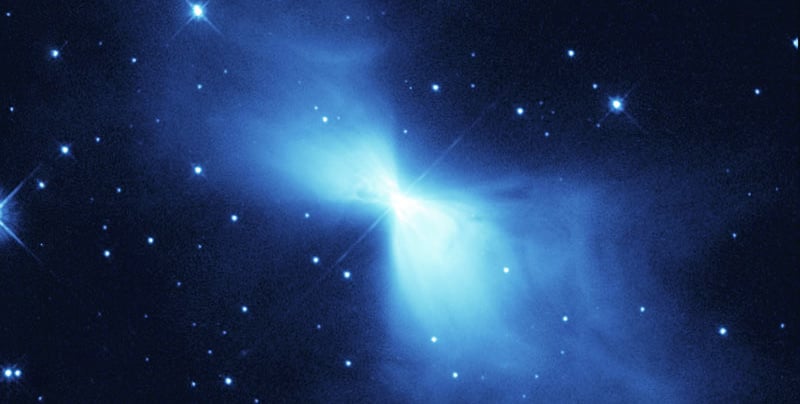15 Strange Space Facts You Need to Know
Explore 15 bizarre space facts including stars, black holes, galaxies, and more! Learn why stars twinkle, how fast neutron stars spin, how space travel affects astronauts, the mystery of black holes like Phoenix A and TON 618, spotting the ISS, and bizarre wonders like the Boomerang Nebula.
BLOGSCIENCE FACTS
4/28/20256 min read
Why Do Stars Twinkle in the Night Sky?
When seen from space, a star doesn’t actually twinkle; it remains steady and clear. However, when viewed from Earth, the layers of air in our atmosphere with different levels of refraction make it appear to shine. Scientists call this phenomenon stellar scintillation. Stars that appear near the horizon twinkle more noticeably because their light has to travel a longer distance through the atmosphere.
How Fast Can Neutron Stars Spin?
Many neutron stars can actually spin at speeds reaching hundreds of revolutions per second. This is possible because they are incredibly dense and compact, typically possessing a mass around 1.4 times that of the Sun, yet compressed into a diameter of about 20 kilometres. The fastest known neutron star spins at 716 revolutions per second. Young neutron stars usually spin at high speeds and can slow down over time.


Neutron star illustration credit : Kevin M. Gill, CC BY 2.0 <https://creativecommons.org/licenses/by/2.0>, via Wikimedia Commons
Space Travel Adds Inches to Astronaut Height
An astronaut's height increases by about 3% in space due to microgravity, as the spine decompresses and elongates. This change typically occurs within 3 to 4 days of their space visit. However, this is only temporary. Their height returns to its original height within a few days back on Earth.
Phoenix A vs TON 618 - which is the massive black hole?
The massive black hole TON 618, roughly 66 billion times the mass of the Sun, is the most massive confirmed black hole in the universe. However, recent indirect measurements suggest that Phoenix A could weigh around 100 billion times the mass of the sun. The mass of Phoenix A is still debated, as it is a little speculative due to the methods of measurement. There could be some other undiscovered black holes that may join the race in the future.


Artist's conception of Tonantzintla (TON 618) credit: Pablo Carlos Budassi, CC BY-SA 4.0 <https://creativecommons.org/licenses/by-sa/4.0>, via Wikimedia Commons
Spot International Space Station: the Third Brightest Object in the Sky
Did you know that after the Moon and the sun, the International Space Station (ISS) appears as the brightest shining object in the sky? It’s even brighter than the “morning star”, Venus! However, due to its quick movement in the sky (as it orbits the earth in 90 minutes), it’s visible only for a short duration. If you like to see the space station, you can use NASA’s Spot the Station app to find out when it will be near you.
How Big Is Jupiter Compared to Other Planets?
The volume of Jupiter, the largest planet of our solar system, is about 1.43 quadrillion cubic kilometres. In fact, you can fit all the other planets in the solar system (including Earth) inside Jupiter, and they would still have space to spare. Jupiter is so vast, you can fit 1321 Earths in its volume. But the Sun is even so massive that you can put approximately 1000 Jupiters inside the Sun. A truly astonishing comparison, right?
Why Do the Sun and Moon Look the Same Size?
You might be surprised to learn that the Sun is so vast that approximately 64 million moons could fit inside it! Yet, in the sky, they appear to be roughly the same size—why? Even though the Sun is about 400 times wider than the Moon, it's also approximately 400 times farther away from Earth. It's this difference in distance that results in their similar angular sizes in the sky.
The Planet K2-18b and the Search for Alien Life
A planet named K2-18b, located approximately 120 light-years away from Earth, shows tentative signs of life. The planet orbits within the habitable zone of its star, K2-18, where liquid water may exist. Its atmosphere is rich in hydrogen and also contains water vapour. In 2023, a study using the James Webb Space Telescope suggested the possible presence of DMS (dimethyl sulfide). On Earth, DMS is primarily produced by phytoplankton, a photosynthetic plant-like organism. This finding provides some possibility of the existence of life, but further research is needed to support this.
You Can See the Andromeda Galaxy with the Naked Eye
The Andromeda Galaxy can be sighted with the naked eye under a dark and clear sky on a moonless night. It appears as a small, faint and fuzzy patch. Mostly other galaxies are invisible to the naked eye. The Andromeda Galaxy is the largest galaxy in the Local Group, with about a trillion stars. Whatever we see bright in the sky are stars of our own Milky Way galaxy. Sometimes, planets of our solar system – Venus, Jupiter, Mars, Saturn, and Mercury – also appear as bright objects to the naked eye, similar to stars.


Andromedia Galaxy from Earth (credit: GODZILLA.BREATH, CC BY-SA 4.0 <https://creativecommons.org/licenses/by-sa/4.0>, via Wikimedia Commons)
Does Time Really Stop at a Black Hole’s Edge?
According to Einstein’s theory of relativity, time slows down near a massive object. Theoretically, it appears to a distant observer that time comes to a halt and never moves for someone who reaches the event horizon of a black hole. However, if you are the person visiting the event horizon, you would actually observe the entire universe speeded up. Time could even run many years for others in the universe within a fraction of a second of your observation.
The Boomerang Nebula: The Coldest Place in the Universe
The Boomerang Nebula, located 5,000 light-years away in the constellation Centaurus, is the coldest natural place in the universe, with a temperature of one Kelvin (-272°C), just one degree above absolute zero. This coldness is due to the rapid expansion of gases expelled by an ageing star. According to the law of thermodynamics, expanding gas causes a reduction in pressure, thus lowering the temperature. The coldest place on earth is the high ridge on the East Antarctic Plateau. Here the temperature is as low as -98°C during winter nights.


Image of Boomerang Nebula (credit: NASA, ESA, R. Sahai and J. Trauger (Jet Propulsion Laboratory) and the WFPC2 Science Team
The Most Massive Water Reservoir in Space
Did you hear that there's water roaming in space? Yes, water equivalent to 140 trillion times the Earth's oceans has been found as vapour surrounding a distant quasar, APM 08279+5255 (12 billion light-years away). It spans hundreds of light-years.
What you see in stars, is actually the past
We see objects because the light from them strikes our eyes. However, light doesn’t instantaneously reach us; it does take some time to travel. For example, Proxima Centauri, our nearest star (other than the sun), is about 4.2 light years away, and that is the time taken by light from the star to reach your eyes. So what you see in Proxima Centauri actually happened 4.2 years ago. Imagine the star, Earendel, located 12.9 billion light years away.
Eugene Shoemaker: The Only Person Buried on the Moon
Eugene Shoemaker was the only human whose ashes are buried on the Moon. He co-discovered Comet Shoemaker-Levy 9. He made significant contributions to the discovery of many other asteroids and comets. His lifelong dream of visiting the Moon was unfulfilled due to his diagnosis of Addison's disease. NASA paid tribute to him by sending 28 grams (1 ounce) of his ashes to the Moon aboard the Lunar Prospector spacecraft. The probe orbited the Moon for approximately 18 months before intentionally crashing into a permanently shadowed crater near the south pole in 1999.
Alcohol in Space? The Milky Way’s Strangest Cloud
Not only water, but there also exists a massive cloud of alcohol, along with other organic molecules, in space within our galaxy. Although it's a fascinating discovery, it's far beyond our reach with current technology.
The strangeness of the universe isn't limited to these facts. From the huge gravity of massive black holes to the surprising density of neutron stars, from our familiar Milky Way galaxy to the very edge of the cosmos, the surprises are endless and often defy imagination. Countless mysteries likely remain hidden, waiting to be uncovered. Keep your mind open and continue to explore the wonders of our universe.
© 2025. All rights reserved.